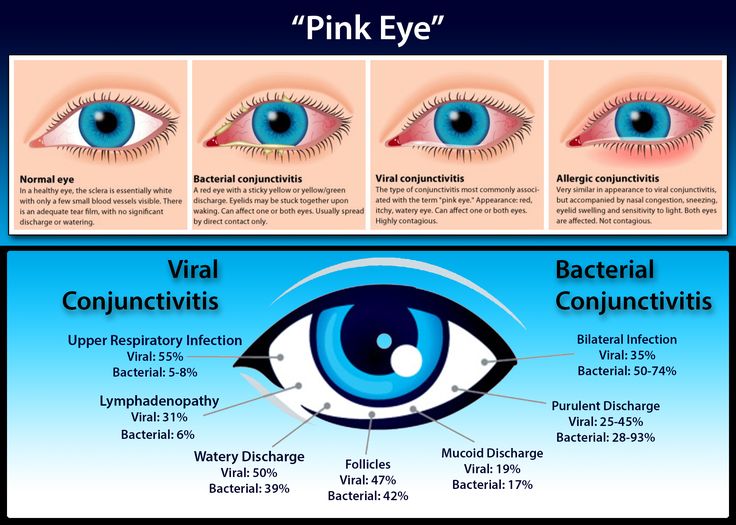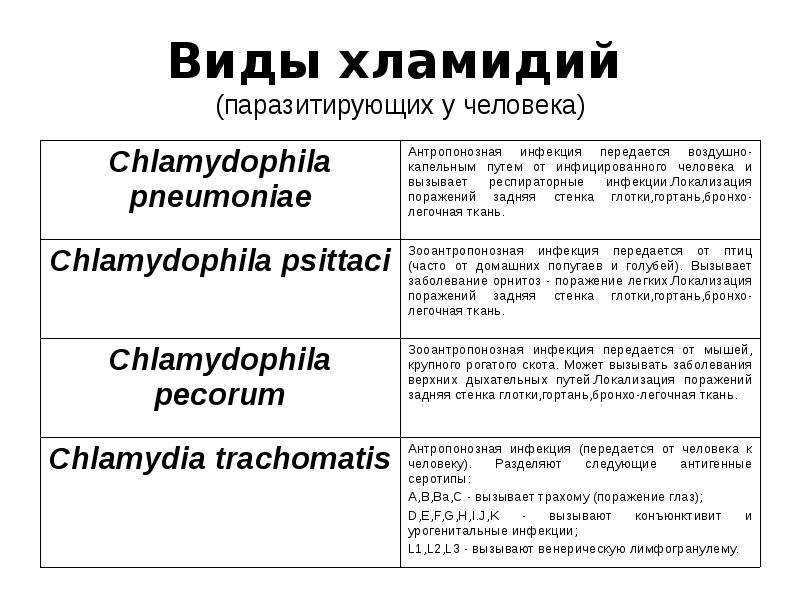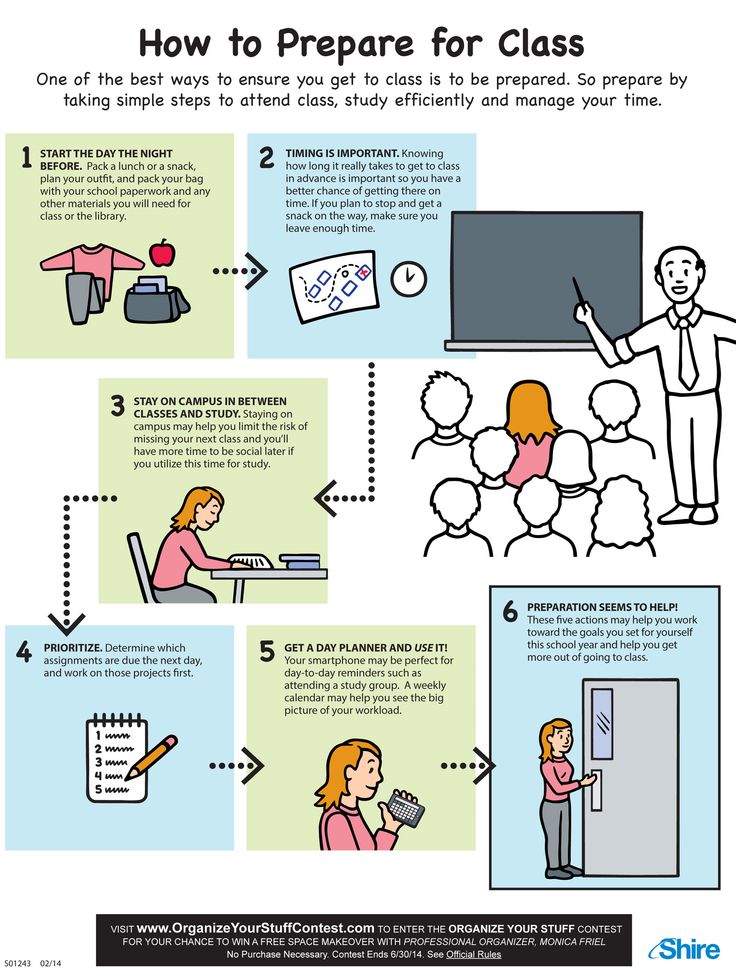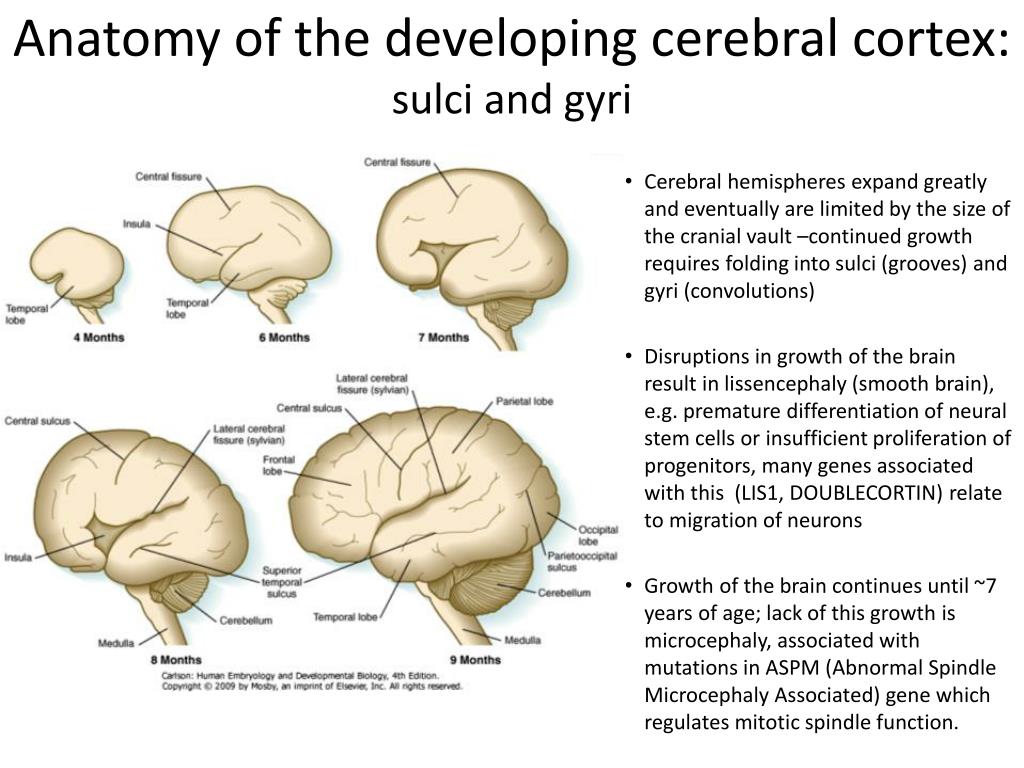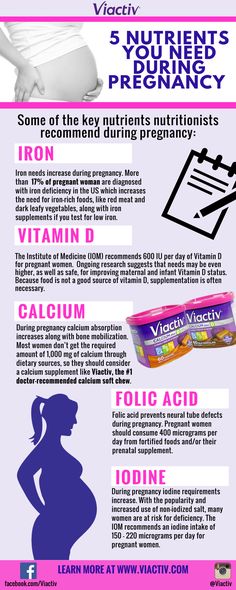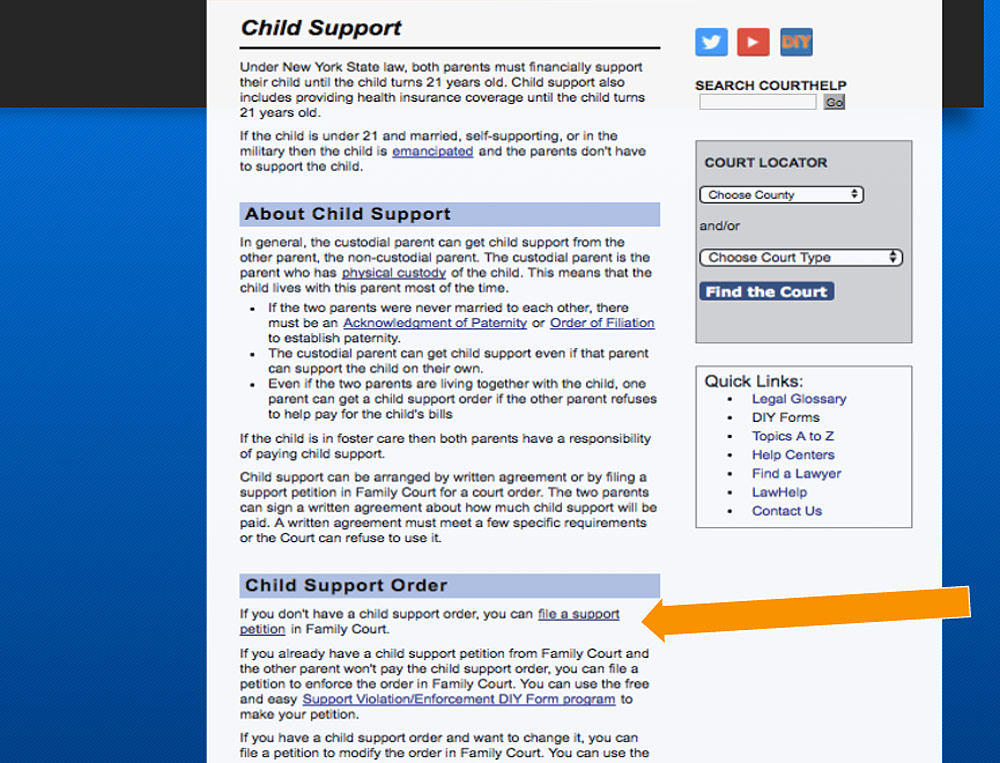Dressing a newborn
Tips for Dressing Your Baby
Log in | Register
Ages & Stages
Ages & Stages
Step-by-Step
When dressing your baby: While supporting your baby on your lap, stretch the garment neckline and pull it over your baby's head. Use your fingers to keep it from catching on his or her face or ears. Don't try to push your baby's arm through the sleeve. Instead, put your hand into the sleeve from the outside, grasp your baby's hand, and pull it through.
When undressing your baby: Take off the sleeves one at a time while you support your baby's back and head. Then stretch the neckline, lifting it free of your baby's chin and face as you gently slip it off.
Clothing Tips
In colder weather (under 75 degrees Fahrenheit [23.
88 degrees Celsius]): Your baby will need several layers of clothing to keep warm. It's generally best to dress your baby in an undershirt and diapers, covered by pajamas or a dressing gown, and then wrap him or her in a receiving blanket. For an extra layer, a wearable blanket sleeper or sleep sack is a safe alternative.
In hot weather (over 75 degrees Fahrenheit [23.88 degrees Celsius]): You can reduce your baby's clothing to a single layer. A good rule of thumb is to dress the baby in one more layer of clothing than you are wearing to be comfortable in the same environment. See Baby Sunburn Prevention for more information.
If your baby is premature: He or she may need still another layer of clothing until his or her weight reaches that of a full-term baby and his or her body is better able to adjust to changes in temperature.
If you've never taken care of a newborn baby before: The first few times you change a baby's clothes can be quite frustrating.
Not only is it a struggle to get that tiny little arm through the sleeve, but your baby may shriek in protest through the whole process. Babies do not like the rush of air against their skin, nor do they enjoy being pushed and pulled through garments. It may make things easier for both of you if you hold your baby on your lap while changing the upper half of the body, then lay him or her on a bed or changing table while doing the lower half.
When you're dressing her in one-piece pajamas: Pull them over your baby's legs before putting on the sleeves. Pull T-shirts over her head first, then put one arm at a time through the sleeves. Use this opportunity to ask "Where's the baby's hand?" As your baby gets older this will turn into a game, with him or her pushing his or her arm through just to hear you say, "There's the baby's hand!"
Certain clothing features can make dressing much easier. Look for garments that:
Snap or zip all the way down the front, instead of the back
Snap or zip down both legs to make diaper changes easier
Have loose-fitting sleeves so your hand fits underneath to push the baby's arm through
Have no ribbons or strings to knot up, unravel, or wrap around the neck (which could cause choking)
Are made of stretchy fabric (avoid tight bindings around arms, legs, or neck)
Swaddling
During the first few weeks, your baby will spend most of his or her time wrapped in a receiving blanket. Not only does this keep your baby warm, but the slight pressure around the body seems to give most newborns a sense of security.
How to swaddle correctly:
To swaddle, spread the blanket out flat, with one corner folded down.
Lay your baby face-up on the blanket, with his or her head above the folded corner.
Straighten your baby's left arm, and wrap the left corner of the blanket over your baby's body and tuck it between his or her right arm and the right side of his or her body.
Then tuck the right arm down, and fold the right corner of the blanket over your baby's body and under his or her left side.
Fold or twist the bottom of the blanket loosely and tuck it under one side of your baby.
Make sure your baby's hips can move and that the blanket is not too tight. You want to be able to get at least two or three fingers between the baby's chest and the swaddle.
Additional Information from HealthyChildren.
Swaddling: Is it Safe?
Cleaning Baby Clothes
Size Matters When Buying Baby Clothes
Winter Car Seat Safety Tips from the AAP
- Last Updated
- 6/17/2016
- Source
- Adapted from Caring for Your Baby and Young Child: Birth to Age 5, 6th Edition (Copyright © 2015 American Academy of Pediatrics)
The information contained on this Web site should not be used as a substitute for the medical care and advice of your pediatrician. There may be variations in treatment that your pediatrician may recommend based on individual facts and circumstances.
Follow Us
Back to Top
How to Dress a Newborn – Happiest Baby
On This Page
- How to Dress Baby in a Bodysuit
- How to Dress Baby in a Bodysuit…Up the Body
- How to Undress Baby
- How to Dress Baby in Footie Pajamas
- How to Dress Baby in Cold Weather
- How to Dress Baby in Warm Weather
- How to Dress Baby for Sleep
- How Not to Dress Baby for Sleep
Having a baby is wild. One day, you’re living your life, taking showers, getting dressed, and eating without giving any of it too much thought. Then you become a parent and suddenly, all those basic everyday tasks become mind-bogglingly foreign. (How do you bathe a baby??) After all, dressing yourself is one thing, but dressing a tiny human who can’t even put their tiny arm through their own sleeve—or tell you that their footie pjs are too hot—is, well, scary! We’re here to tell you it doesn’t have to be! Simply follow our been-there-done-that guide to dressing a newborn and take a deep breath. You got this!
Newborn babies are cute, squirmy lumps offering you exactly zero help when it comes to getting them dressed. No matter! You can still get your little one into a bodysuit or lapped tee with ease by following these simple steps:
Step 1: Place your baby on a safe flat surface or support your little one on your lap.
Step 2: Unsnap the crotch of their bodysuit and scrunch it up like an accordion toward the neckline.
Step 3: Stretch the neck open wide.
Step 4: Gently pull the bodysuit over your baby’s head, using your fingers to guide the bodysuit away from your little one’s face or ears.
Step 5: Accordion-gather one sleeve at a time and tenderly guide your baby’s hand through the opening. (You can also put your fingers into the wee sleeve by way of the cuff then gently grasp your little one’s hand and pull the fabric over Baby’s arm. Repeat with the other arm.)
Step 6: Pull the bodysuit down the rest of your bub’s body and snap the crotch closed.
How to Dress Your Baby in a Bodysuit…Up the BodyYou know how a lot of baby bodysuits and tees have snaps or lapped collars, where fabric overlaps on either side of the neck? They are designed like that so the neck can easily stretch over a baby—whether you’re pulling the bodysuit down over their face…or up their body. Here’s how you dress a baby in a bodysuit going up the body:
Step 1: Either place your baby on a safe flat surface or support them one on your lap.
Step 2: Unsnap the bodysuit and scrunch it up, crotch first, toward the neck.
Step 3: Stretch the neck hole open.
Step 4: Pull the bodysuit up over Baby’s legs until you reach the sleeves.
Step 5: Gather one sleeve up to the cuff and gently put your baby's hand through the opening. Or place your fingers into a sleeve from the outside, grasp your baby’s hand, and pull the fabric over the arm. Do the next side.
Step 6: Pull the bodysuit into the proper position and snap the crotch closed.
How to Undress BabyAs we now know, you can dress your baby by putting the bodysuit over their head or up their body...and the same holds true for undressing your baby. Simply unsnap the crotch and slowly remove each sleeve. Next, accordion-gather and slide the bodysuit up over Baby’s head, using your fingers to carefully keep the fabric from snagging on your little one’s face and ears. Alternatively, after you spring your little one’s arms from the bodysuit sleeves, gather the bodysuit under Baby’s armpits and gently wiggle it down over the body and legs. Pro tip: This down-the-body bodysuit change is especially helpful when you’re changing your baby post-diaper blowout!
For one-piece pajamas, unzip the garment and lay it on a safe flat surface. Next, open the PJs, making room for your little one to be placed inside. Put your baby inside the pajamas and place each leg in the proper leg hole…then tackle the arms. Again, be gentle, scrunching the sleeves, so you can easily guide your bub’s arms through the cuff. Finally, zip the jammies all the way! (PS: Zip-up PJs are way easier to navigate at night than snaps!)
How to Dress a Baby in Cold WeatherWhen the thermostat dips to below 75 degrees Fahrenheit, you need to embrace layers. That means, when indoors, dress your newborn in a long-sleeve bodysuit plus another layer, like a footed pants, a receiving blanket, or pajamas. But if your Baby was born premature (before 37 weeks), add one additional layer until their weight reaches that of a full term baby. (Premature babies have a harder time adjusting to changes in temperature.) In general, babies are usually most comfortable wearing one more layer than you’re wearing.
When out and about in cool weather, dress your baby in a long-sleeve cotton bodysuit, soft pants, socks, and a sweatshirt or sweater. If “slightly cool” turns to cold, don’t forget the baby hat, mittens, and warm booties to keep their head, hands, and feet feeling toasty! And if you’re wearing a coat or a jacket, Baby should be wearing one, too. There are a couple caveats, though…
Skip the sweater if… you’re babywearing. Your bub likely doesn’t require a sweater or sweatshirt under their coat if they’re in the baby carrier. Your body heat provides the just-right amount of warmth.
Skip the coat if… you’re in the car. Bulky coats and snowsuits should not be worn in the car seat. They leave too much space under the harness, endangering your baby in the event of a crash. Instead, secure your baby into the car seat without their jacket, then place a blanket on the lower part of their body. Once the car warms up, ditch the blanket. (Learn more about winter care tips for newborns.)
How to Dress a Baby in Warm WeatherAs soon as the temperature bumps above 75 degrees Fahrenheit, dress your bug in a single layer of loose, lightweight clothing. Breathable cotton clothes work wonders for keeping babies cool—and they help protect their skin from the sun when shade is out of reach. Sun hats with wide brims are also a smart move when shade is illusive. (Baby should be in the shade as much as possible.) Learn more about keeping Baby safe and comfortable in warm weather.
Summer, spring, winter, fall—it doesn’t matter: Baby’s room should hover between 68 to 72 degrees Fahrenheit (20 to 22.2 degrees Celsius). It’s the most comfortable temperature range to sleep in—and it helps prevent dangerous overheating which can lead to sudden infant death syndrome. That said, it’s not always easy to ensure your baby’s room falls into this best-for-sleep zone. (Case in point: Heat waves, cold snaps, and older homes!) For help dressing your baby for sleep no matter the temperature…
-
Stick with 100% cotton: Bodysuits, PJs, swaddles, sleep sacks, crib sheets and bassinet sheets should be made from 100% cotton to ensure breathability. (Avoid synthetic fabrics, like some jerseys and fleece, which aren’t breathable and can contribute to dangerous overheating.)
-
Check TOG ratings: Many swaddles and sleep sacks feature a TOG rating, which is short for Thermal Overall Grade.
Choose a higher TOG rating in the winter (without exceeding 4 TOG) and go for a lower TOG rating in the summer.
Here’s a breakdown to help you select the TOG rating that best works for your baby:
-
75 to 80 degrees Fahrenheit: Use a swaddle that’s less than or equal to 1.0 TOG and dress your baby in a short-sleeve cotton bodysuit
-
69 to 74 degrees Fahrenheit: Use a swaddle that’s less than or equal to 2.0 TOG and dress your baby in long- or short-sleeve cotton pajamas.
-
50 to 68 degrees Fahrenheit: Use a swaddle with a 2.0 to 3.5 TOG and dress your baby in long-sleeve cotton PJs with or without a cotton bodysuit
Our original award-winning Sleepea Swaddle and SNOO Sack are made from 100% GOTS-certified organic cotton and are perfect for all-season wear, with a TOG value that ranges from 0.5 to 0.8. (Remember, your baby’s clothes will add to the TOG value. ) For cooler nights and naps, our new Comforter Sleepea and SNOO Comforter Sack (also made from ultra-breathable organic cotton) have a TOG rating of 2.0. (Learn more about keeping your sleeping baby safe and warm during the winter.)
Beyond setting the thermostat to the ideal sleeping temperature and dressing your bub in breathable cotton, it’s important to avoid the following sleepytime slip-ups:
-
Don’t put a hat on your baby. Covering your baby’s head during sleep reduces their ability to give off extra heat. Plus, a hat can accidentally slip over your little one’s face and cause breathing difficulties.
-
Don’t wrap Baby in a heavy blanket. In cool weather, dress your bub in a long-sleeve bodysuit or footie pajamas and a lightweight swaddle (or sleep sack, for older babies). Heavy blankets are not meant for swaddling as they make Baby too hot and can unwrap and become a suffocation risk.
(Loose blankets are never safe for babies!)
-
Don’t reach for fleece. Synthetic fabrics, like fleece, aren’t breathable and can increase your baby’s risk of overheating, which means fleece jammies and fleece swaddles and sleep sacks should be avoided (For extra warmth, choose a breathable cotton swaddle that’s lightly insulated, like our Comforter Sleepea.)
-
Don’t swaddle too long. Once your baby has learned to roll, swap the cotton swaddle for a hands-free sleep sack. (If your rolling baby is under 33 pounds, they can stay in their extra-large Comforter Sleepea—if you undo the shoulder snaps, allowing your bub to sleep arms-free. And If your roller weighs 25 pounds or less, they can sleep hands-free in a large Sleepea works.) Of course, if your little one is snoozing in SNOO, they can remain safely wrapped in their SNOO Sack until they graduate to the crib.
Looking for breathable organic cotton bodysuits, swaddles, and blankets? We’ve got your baby covered!
- 100% Organic Long-Sleeve Baby Bodysuits
- 100% Organic Short-Sleeve Baby Bodysuits
- Award-Winning Sleepea Baby Swaddle
- Comforter Sleepea
- 100% Organic SNOO Sleep Sack
- 100% Organic Muslin Blanket
- Comforter SNOO Sleep Sack
View more posts tagged, baby care
Have questions about a Happiest Baby product? Our consultants would be happy to help! Connect with us at customercare@happiestbaby. com.
Disclaimer: The information on our site is NOT medical advice for any specific person or condition. It is only meant as general information. If you have any medical questions and concerns about your child or yourself, please contact your health provider.
How to dress a newborn at home and on the street. Instruction for parents
Anna Devyatukhina
Journalist, author Daily Baby
#newborn #clothes
For grandmothers - the warmer, the better. Dads are usually for practicality, discreetness and convenience. Moms want it to be beautiful and photogenic. Well, the child himself, alas, cannot yet tell about his desires and is forced to put up with the decisions of adults. It's about what you can not do without - clothes. How to dress a child at home, do you really need socks, is it really “better a little hot than cool” and what should a baby wear on the street? "Daily Baby" has compiled a guide for parents.
What to dress your baby in outside
The most important advice is that a newborn should be dressed according to the weather. It would seem, what could be easier? But there are some nuances.
Even young and "green" parents have probably heard more than once about such a phenomenon as a special thermoregulation in infants. What is it and why is it remarkable?
Thermoregulation is the body's ability to maintain a comfortable and safe body temperature for humans, regardless of environmental factors. Thanks to thermoregulation, we always have approximately the same temperature (diseases and emergencies do not count): we do not heat up to 40 degrees in a sunny resort and do not freeze to minus 35 when we find ourselves in the cold on a frosty day.
In newborns, thermoregulation is still imperfect. But this does not mean that they are always cold and in any weather they need to be wrapped up warmer. This means that babies are very sensitive to ambient temperature: they quickly freeze in the cool and just as quickly overheat in the heat. That is, a newborn is equally bad both in strong heat and in cold.
Moreover, many doctors warn that overheating is more dangerous for a baby than cold: the baby may have a fever and even heatstroke.
The opinion “it is better to let it overheat than to freeze” is fundamentally wrong: moderation is important in everything.
For the first few months of life, babies can be dressed slightly warmer than themselves. There is a rule “plus one layer of clothing”: that is, if you yourself put on a T-shirt and jeans outside, you can add a light windbreaker on top and a cap to your baby. Clothing made from natural materials such as cotton is preferred.
In the summer heat, when the air temperature outside reaches +25-30 degrees, it is enough for a newborn to put on a light cotton bodysuit and a headdress, for example, a thin hat, to protect themselves from overheating. In extreme heat over 30 degrees, if possible, it is better to refrain from being under the direct rays of the sun: the newborn will certainly be difficult in such conditions, even if he is dressed lightly.
Sometimes representatives of the older generation advise young parents to put woolen socks on their baby in any weather, supposedly the newborn is very cold, which makes his legs very cold.
It is true that a baby's feet often get cold, but the point is not that the baby is cold. Cool feet in a baby is his physiological norm. The baby's autonomic nervous system, which is responsible for thermoregulation, is not yet fully formed, and that is why the baby's legs often become cold.
It is not worth panicking and wrapping up the child, especially if he feels great: he eats well and sleeps peacefully. Therefore, in warm weather, woolen socks are definitely superfluous.
Maximum - thin cotton. Again: modern doctors urge parents to be prudent and adequate - think for yourself whether the baby will be comfortable in woolen socks and a thick hat in thirty-degree heat.
According to Dr. Komarovsky, one should pay attention not to whether the baby's legs are cold or warm, but to the color of his skin. Pink baby is a happy baby who is not cold. Even if he has cold feet. If the skin of the newborn begins to turn blue - the child freezes, take action.
How to dress a baby for a walk in winter
When choosing an outfit for a winter walk for a newborn, experts advise to adhere to the principle of layering. That is, it is better to put several things of different density on the baby than one super-warm and thick jumpsuit.
The correct winter "bow" of the baby includes several layers:
- Diaper, sliders, vest, bonnet.
- Insulated jacket, trousers, socks, mittens.
- Warm hat, thick winter overalls or envelope.
- Spare layer - a warm blanket or blanket in case it gets really cold.
Depending on the air temperature outside, you can mix items of clothing or remove / add something. Of course, you need to consider how severe the winter is in your area. A warm woolen hat must be worn only over a thin one. The principle of layering is very convenient and allows you not to overheat the child: you can always remove one or two layers of clothing without particularly disturbing the baby. In addition, in this case, it is possible to easily and quickly partially undress the newborn in transport so that he does not sweat in the stuffiness.
How to dress a newborn at home
We figured out the street, but what to wear for a baby at home?
If the house is warm, it is enough to dress the baby in a thin bodysuit or even leave it in one diaper: air baths are very useful for him. But do not forget about the imperfect thermoregulation of the baby - he can easily get cold, so you should not leave the baby naked for a long time.
Do you need socks? Yes, if the house is cool or the baby was born weak and premature and requires special care. No, if the apartment is warm or even hot, and you objectively see that the newborn is comfortable.
It's even easier with a bonnet: you don't need it at home, even if it's thin and light. The exception is again the care of premature babies. Well, a hat can come in handy if it’s really cold in the house - the air temperature drops below 18 degrees. In this case, of course, you need to dress the baby warmer: one-piece fleece overalls with long sleeves and warm socks or a fleece vest and panties with closed feet.
The air in the room where the newborn is located should be moist and fresh, about 23-25 degrees. The apartment must be ventilated: do not be afraid of drafts.
At night, the baby should be dressed as during the day, but you can additionally cover it with a thin blanket made of natural materials. It is better not to use woolen and wadded blankets: this is both dangerous and can lead to overheating of the child.
General tips for choosing clothes for your newborn
- Choose good quality natural fabrics. It is desirable that the clothes that are in direct contact with the body of the child be soft and pleasant to the touch, because the skin of the baby is very delicate.
- Rhinestones, beads, decorative flowers and bows are taboo for babies. No matter how much you want to dress your baby in something like that, it’s better to save these options for outfits for a grown child. Any such decorations can injure the baby or simply interfere with him. A newborn is unlikely to appreciate beautiful, but uncomfortable outfits.
- Clothing seams should be smooth and soft, especially inside seams.
- It is better to avoid bright acidic colors, because it is possible that harmful dyes are used in the production of such things, which can cause allergies in a baby.
- It is better to buy clothes for a baby as he grows. To begin with, there will be enough kits that will be useful for the season in which the baby will be born. The rest can be purchased “after the fact”, focusing on the weather and the weight / height of the child.
— share with your friends!
Read more
- How do you know if a child is cold?
- Doll Clothes and Golden Hour: 8 Facts About Premature Babies
- Allergy to cold in a child.
What to do?
list of necessary things for the first months of life
Contents of the article
- Features of thermoregulation of babies
- Temperature and air humidity
- Home clothes in the warm season
- How to dress a child at home in winter 9005
- Clothing recommendations
- What position should a newborn sleep in
How to dress a newborn at home is a real problem for some parents. After all, it is important not to overcool the baby, but also not to overheat it. Both that, and another for the kid is undesirable. The selection of the first home wardrobe largely depends on the temperature and humidity of the air in a particular room.
Peculiarities of thermoregulation in infants
Unlike an adult, infants do not have sweat glands that are responsible for thermoregulation. If an adult overheats, his body will immediately cool down due to the release of sweat. Newborns don't have this option. The subcutaneous fat layer is also responsible for the thermoregulation of an adult - it protects the body from hypothermia. Babies don't have that either. Therefore, protecting a child from temperature fluctuations in the first months of his life is the responsibility of parents.
Note. Overheating can cause heat shock in a newborn, which, in terms of exposure, is comparable to heat stroke in an adult. Hypothermia can lead to colds.
Therefore, it is very important to properly dress your baby at home: do not wrap up, but also prevent hypothermia. To do this, it is necessary to maintain a comfortable temperature for the newborn in the room. And here some difficulties can arise.
Temperature and humidity
Some experts, for example, Dr. Komarovsky, say that the temperature that is comfortable for babies is 18-19 degrees. Others recommend maintaining a room temperature of 21-24 degrees. Different specialists have many arguments in favor of a particular temperature regime. From the abundance of information and opinions, the mother may be confused, and the baby has no way to clarify.
Therefore, it is necessary to find a solution that is comfortable for each individual baby.
If the room temperature is cool, below 23 degrees, the child should wear several layers of clothing to keep him warm. It is best to put him in a diaper, a vest, then pajamas or overalls, and if the room is cool, wrap him in a blanket or use a special sleeping bag.
At a temperature of 21-23 degrees, the amount of clothes on a child can be reduced by 1 layer.
In the room where the newborn lives, it is recommended to hang a thermometer and always monitor its performance.
Given all of the above, we can conclude that a comfortable temperature for the child will be 23-24 degrees. Then the newborn will not have to be wrapped in several layers of clothing and be afraid of hypothermia.
Expert opinion
Pediatrician's opinion. For a newborn, the temperature at which his mother and father walk around the house in shorts is considered comfortable.
So that the nasal mucosa does not dry out, you need to monitor the level of humidity in the room. Its performance should be 30-50%.
When the central heating is turned off, the humidity level is optimal in the middle latitudes. When the heating devices are on, the humidity in the room is reduced. To remedy the situation, you can buy a humidifier, use a spray bottle, or place water containers near heat sources.
Note. To track the level of humidity in the room, it is not necessary to use special devices. It is enough to track the condition of the nasal mucosa. If dry crusts are felt there, it means that the room is not humid enough during the day.
Home clothes in the warm season
If the room temperature is 21-23 degrees, the child can be dressed in knitted rompers and a cotton vest. You can not wear a cap - at this temperature it will be redundant.
If the parents swaddle the child, there is a risk that the immobilized baby will freeze faster. Movement warms both the child and the adult. Therefore, before you swaddle your baby, you need to put on him all the same light knitted vest and sliders.
A sleeping newborn can be covered with a light blanket, because during sleep he does not move or moves very little. In summer, you can use a blanket knitted from cotton threads. Natural materials promote natural ventilation. Do not cover the child with a woolen or cotton blanket if the room is warm.
At night, the air temperature drops and the baby can get cold. Therefore, you can put him to sleep in a soft cotton envelope for newborns. So the child will not have the opportunity to open up in a dream and overcool.
In the hot summer, when the room temperature exceeds 23 degrees, a newborn should wear a minimum of clothes. You can even remove the diaper, because it contributes to overheating more than any clothing. The genitals of the crumbs can be covered with cotton panties or the baby can be left for a while to "goop".
How to dress a child at home in winter
In the cold season, many parents think that even at home the baby can easily freeze and catch a cold. But if you monitor the temperature and prevent it from falling below 18 degrees, the baby will be comfortable to rest, play and sleep. Well, if the child can freely move his limbs, then he will be able to warm himself, even if the temperature in the room drops.
If the temperature in the room drops below 18 degrees, you can dress your child at home in the following things:
- T-shirt with long sleeves, knitted overalls on top;
- flannel or cotton shirt and sliders;
- sleepsuit with long legs and sleeves.
If the heating has not yet been switched on or it is intermittent, it is better to dress the baby in a thin overall, and put on a fleece or brushed overall on top.
Council. In winter, a newborn should be dressed according to the situation, based on the temperature regime of the room. But at the same time, you need to regularly check the baby's body temperature. If she starts to crawl up, change the newborn into dry clothes. If the baby is cold, you need to warm it.
In winter, it is better to put on a hat for the baby of the first month of life indoors. Warm your hands and feet with cotton mittens and socks.
Cold or hot?
You can determine whether a newborn is cold or hot by touching his neck or back. If these parts of the body are wet, the child is hot. At this point, his pulse quickens and his skin turns red. If no action is taken, the body temperature of the newborn may rise to critical levels.
Change the child into lighter clothes and give him some water to drink. After 10 minutes, measure body temperature. If thermoregulation is normal, nothing else needs to be done. If the temperature does not drop, you can wipe the curves of the baby's body with wet wipes.
To understand that the baby is cold, you need to put your hand on his nose. If this part of the face is cold, the child is overcooled.
Note. It is difficult to determine by the limbs that the baby is cold. These parts of the body always feel cooler to the touch than the back or tummy. A frozen baby usually stops moving - this is how the body turns on the energy saving mode.
It is important to remember that a frozen baby turns pale, and from overheating it turns red.
Tips for choosing clothes
When shopping for the first wardrobe for a newborn, it is useful for parents to consider a few tips:
- It is better to dress a newborn in clothes made from natural fabrics. The palm belongs to flannel and cotton.
- Clothes for a baby should be not so much beautiful as comfortable. No baby likes to change clothes, so you need to pick up things that can be put on the baby’s body quickly and easily.
- When buying things, it is useful to pay attention to the type of fasteners. Zippers can be traumatic, ties are impractical, and loose buttons can be swallowed by a newborn. For a child in the first months of life, it is better to choose clothes with comfortable rivets.
- The skin of a newborn is incredibly delicate and should be protected from mechanical influences that can cause injury. Therefore, the wardrobe of babies up to 3 months should consist of things made with a seam out. Such clothes will not rub the delicate body of the newborn.
- The baby's head should fit freely through the cut. Otherwise, you can injure the still fragile neck of the baby.
- Do not choose clothes with elastic bands. It is better to buy panties, on which a holding soft cuff acts as a belt.
She will not pass the baby's tummy.
What position should a newborn sleep in
The safest position for a baby to sleep in the first months of life is on the back. In this, everyone in the pediatric organizations of the world is unanimous. Do not put the baby to sleep on its side, and even more so - on the stomach. Having buried his nose in the bed, the baby can make it difficult for him to breathe. Milk spit up in this position can also enter the respiratory tract. Lying on its side, the baby may unconsciously roll over his stomach.
Lying on his back, the baby, even if he vomits milk, will immediately swallow the liquid. This is a feature of babies in the first months of life - they can swallow and breathe at the same time.
Attention! Babies need only a mattress and a light blanket for a comfortable sleep if the room is cool. No need to fill up the crib with voluminous blankets, pillows, sleeping rollers. In all these objects, the baby can bury his nose, turning over on his tummy.
![]()
